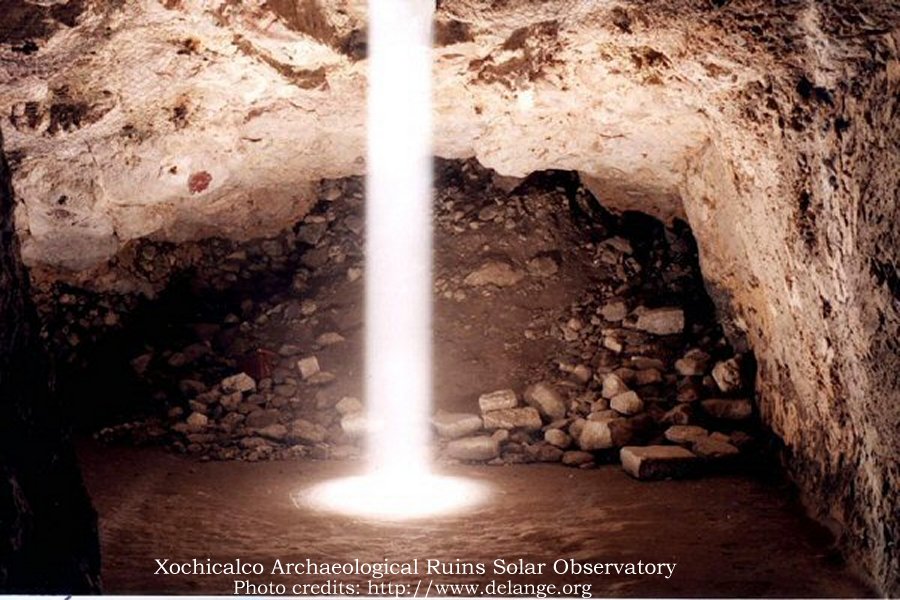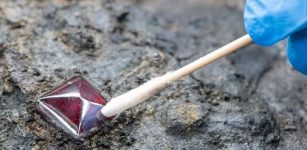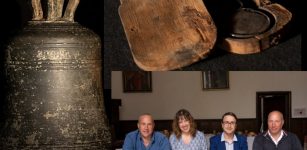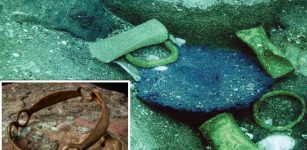Xochicalco: Stunning Ruins Of Sacred City Linked To Maya and Aztecs Civilizations
MessageToEagle.com – Many of the so-called Aztec temples were temples that existed before the Aztec empire did. Many peoples and cities were conquered and forced to pay tribute, becoming a part of the Aztec Empire.
One such city was Xochicalco called “The place of the House of Flowers” (in the language of the Aztecs, Nahuatl).
This pre-Columbian archaeological site represents a temple pyramid complex, located at high altitude, in a remote part of the state Guerraro, 38 km southwest of Cuernavaca, about 76 miles by road from Mexico City.
Xochicalco and its many underground, man-made tunnels were built on the natural slope of the hillside.
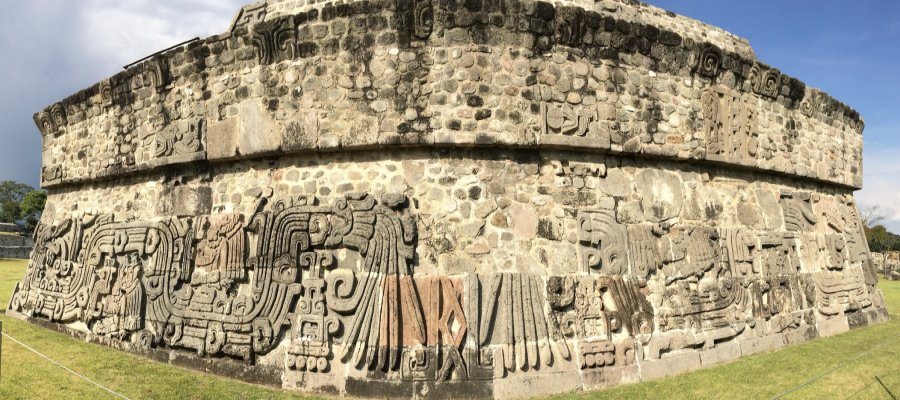
The peak of Xochicalco as an important guarded commercial and religious center , came after the fall of Teotihuacan and it has been speculated that Xochicalco may have played a part in the fall of the Teotihuacan empire.
Inhabited approximately between 200 and 900 AD, a medium-sized city (a population of 10,000 to 15,000 people ) was associated with many cultures including the Maya and the early Aztecs. The city was located along several of the major Mesoamerican trade routes.
Of special interest at Xochicalco is the Temple of the Feathered Serpent – strongly influenced by Teotihuacan and Maya art – is decorated with stylized depictions of Feathered Serpent, Quetzalcoatl, one of the most important gods of ancient Mexico.
See also:
Ceibal Is The Oldest Known Ceremonial Site Of The Maya Civilization
Tulum: Pre-Columbian Maya Sea Port And Sacred Site For Worshiping Of Diving God
Fearsome Aztec Eagle Warriors And Jaguar Warriors Of Mesoamerica
Aztec Empire: ‘Tlatoani’ – The Ruler With The Ultimate Power In The Land
More Fascinating Ancient Civilizations And Places
Among other monuments at the site include several other step-pyramid temples, palaces, three ballcourts, sweat-baths, an unusual row of circular altars, and a cave with steps carved down into it.
The site also has some free-standing sculptured stelae.
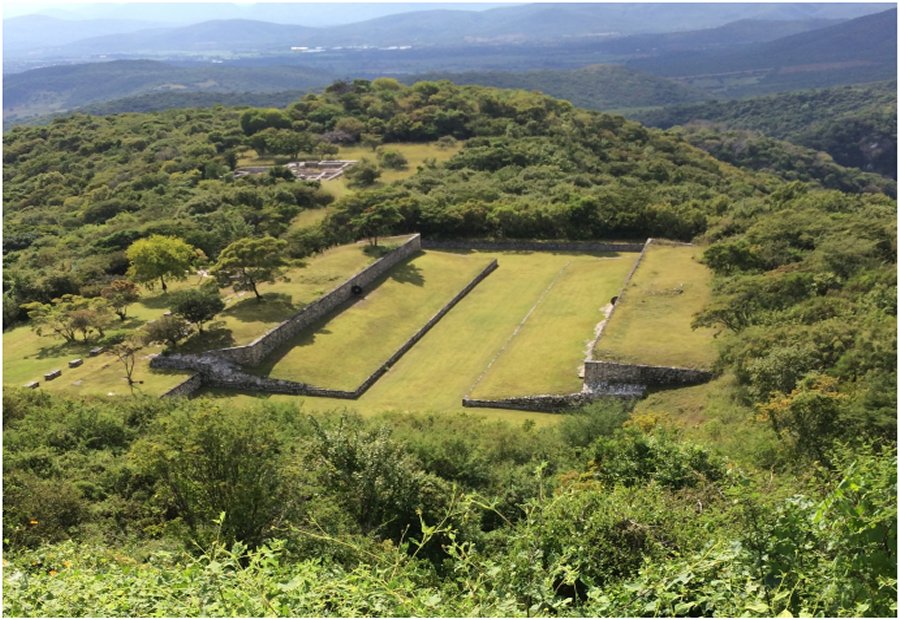
About 900 AD, city was most probably destroyed or abandoned; other archaeological evidence suggests Xochicalco may have been burned. Underneath destruction layers, which were examined by archaeologists revealed numerous objects left in place in the houses; it would suggest the place was destroyed and abandoned very quickly.
Long after these events, however, the city was continuously venerated and its ruins considered a sacred site. By the time of the Spanish colonial period, however, the city was lost and largely forgotten.
Copyright © MessageToEagle.com All rights reserved. This material may not be published, broadcast, rewritten or redistributed in whole or part without the express written permission of MessageToEagle.com


